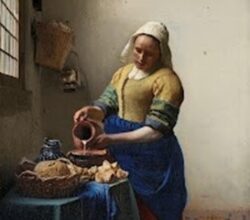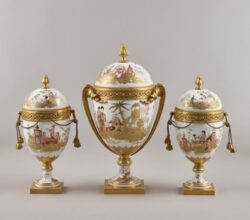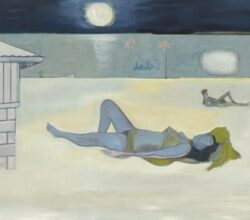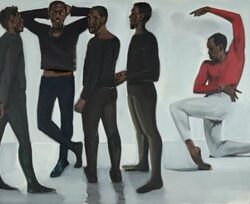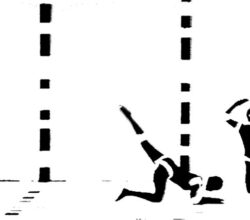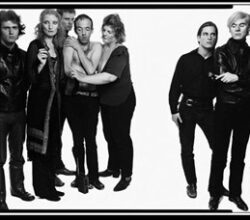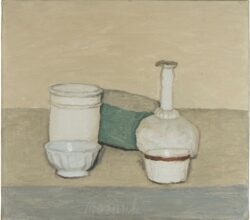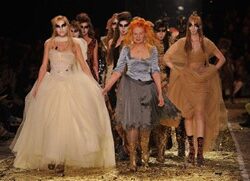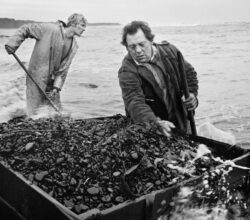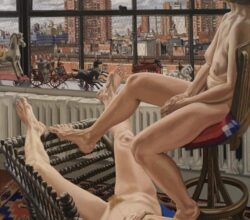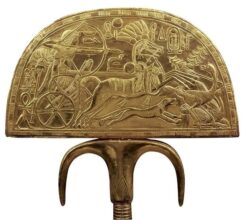
King Tut’s long, long afterlife
Morgan Meis | The-Easel | 14th February 2023
The discovery of the tomb of Tutankhamun was a great moment in archeology and culture. A century on, Tut remains a figure of great fascination. Contributing Editor, Morgan Meis, delves into the strange attraction of the tomb’s art that sat unseen under the desert sands for millennia.
[All that bling in the tomb], including the actual body of the deceased king, was a way to ensure stability of the cosmic order. The mummy of Tutankhamun, and all the stuff he was surrounded by in that tomb, weren’t meant to go anywhere. They were meant to stay right there, forever. The ancient Egyptians weren’t really obsessed with the afterlife. They were obsessed with life. The giant pyramids of ancient Egypt are not launching pads to the hereafter; they are giant weights that keep divine order firmly anchored in the material realm.

